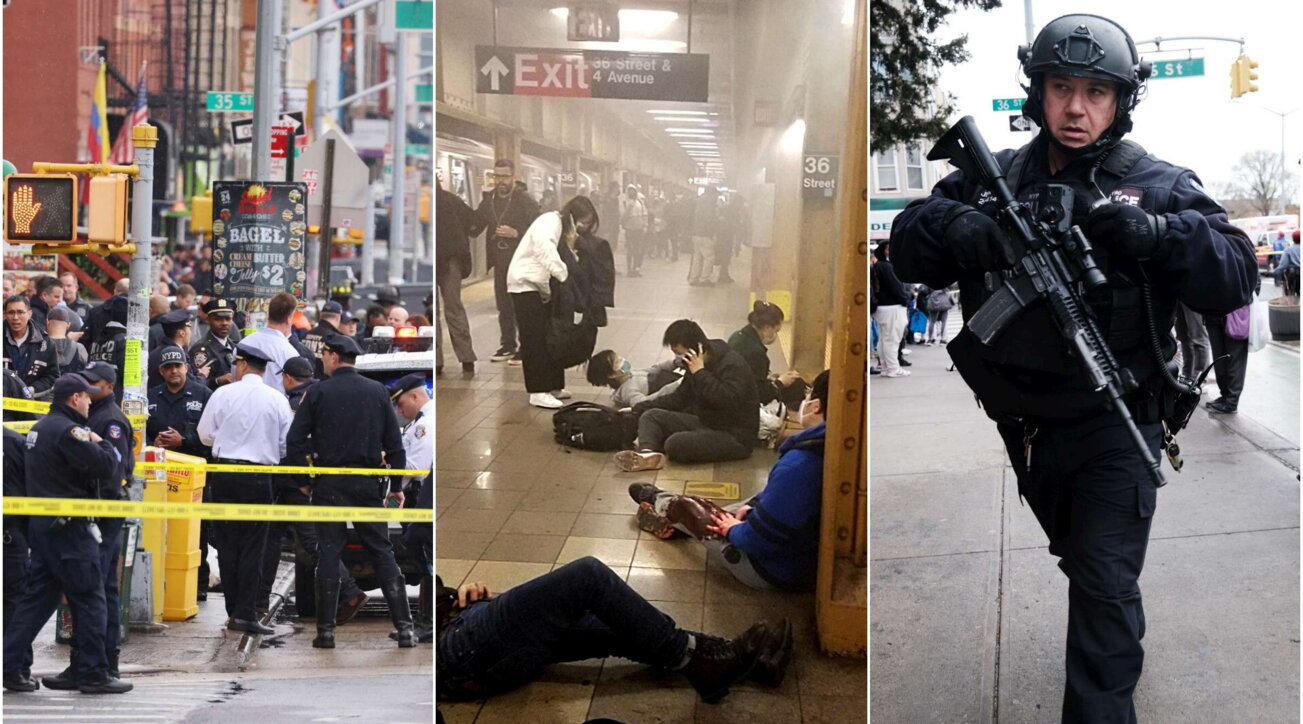After Flixtrain last cut connections instead of expanding due to the corona pandemic at the beginning of the year, the company has now announced an improved offer. TRAVELBOOK shows a large overview of which routes are currently being used, which ones will be added, how the booking works and how high the prices are.
Not only the rising fuel prices should make train travel more attractive. At Flixtrain, an improved offer should also attract additional passengers. The long-distance train provider wants to travel to significantly more destinations in Germany in summer than in winter. From now on, 40 stations are back in the timetable, including Munich, Augsburg, Würzburg, Aschaffenburg, Mainz, Koblenz, Andernach and Remagen, the company said.
—
For the first time, the green trains are also going to Dresden. In a few months, the number of stops will increase to 70. “By the summer, other cities will be connected to the FlixTrain network, including Freiburg im Breisgau, Braunschweig, Karlsruhe and Hildesheim,” says one press release by Flixtrain.
Long-distance buses from the Flixbus brand now serve 270 stops in Germany, Austria and Switzerland. “We are convinced that people’s desire to travel will increase significantly in the coming months and we will have an extensive range of offers ready for them,” said CEO André Schämmlein. However, the offer of the railway competitor is still smaller than before the Corona crisis.
TRAVELBOOK shows an overview of where Flixtrain is currently driving and other important information about the company.
Which cities does Flixtrain currently serve?
Hamburg to Munich (via Cologne and Frankfurt am Main)
stops: Hamburg – Bremen – Osnabrück – Münster – Gelsenkirchen – Essen – Duisburg – Düsseldorf – Cologne – Bonn – Remagen – Andernach – Koblenz – Mainz – Frankfurt – Aschaffenburg – Würzburg – Augsburg – Munich
—
Berlin-Stuttgart
stops: Berlin – Halle (Saale) – Erfurt – Fulda – Gotha – Eisenach – Fulda – Frankfurt – Darmstadt – Heidelberg – Stuttgart
Aachen – Leipzig (via Cologne and Berlin)
stops: Aachen – Cologne – Düsseldorf – Duisburg – Essen – Dortmund – Hamm – Gütersloh – Bielefeld – Hanover – Stendal – Berlin – Leipzig
Hamburg-Leipzig
stops: Hamburg – Büchen – Ludwigslust – Wittenberge – Berlin – Leipzig
Also interesting: 11 things you should definitely avoid on the train
—
How much does the Flixtrain cost?
The system is the same as with long-distance buses: the earlier you book, the less you pay. In the best case, this is 4.99 euros for short distances, in the worst case for long distances and on popular days (e.g. Sundays) more than 60 euros. In many cases, however, this is still significantly less than if you book with Deutsche Bahn with the same requirements.
Does the journey with the Flixtrain take longer?
The journey times for Flixtrain and Deutsche Bahn are close together. In most cases, the Flixtrain takes a few minutes to a quarter of an hour longer than the train, from Berlin to Frankfurt the time difference is around 30 to 45 minutes, depending on the train. On some routes, for example from Hamburg to Münster, the Flixtrain is faster: instead of two hours and 14 minutes, the train from Flixbus only takes two hours.
How is the comfort?
Flixtrain uses old Deutsche Bahn IC trains, so the level of comfort here is less than that of Deutsche Bahn. However, the company used the forced Corona break in 2020 to comprehensively refurbish the trains.
–


